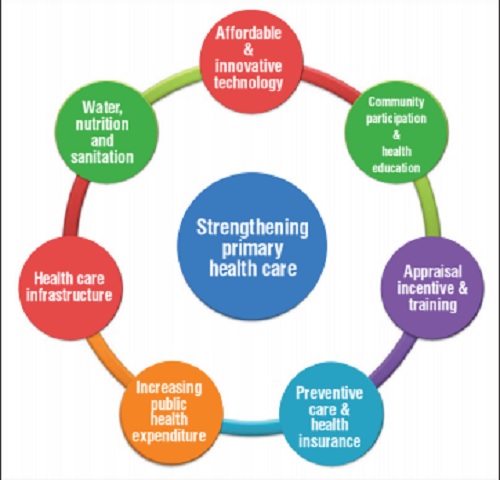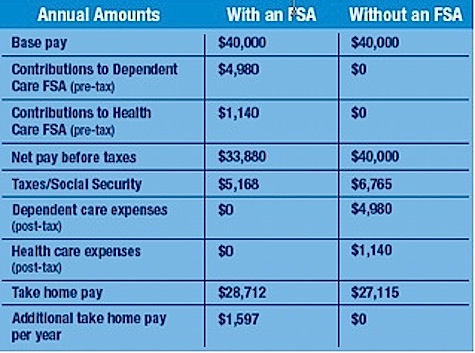From a physiotherapeutic viewpoint making use http://stephenstnc695.huicopper.com/what-does-what-is-health-equity-mean of light massage to promote the shallow flow makes excellent sense. Utilizing the TCM adjunctive technique of cupping is likewise appropriate. Improving the oxygen exchange in the tissues by increasing subcutaneous perfusion will plainly improve the health of the tissues and increase their resistance to minor injury or infection. In specific, the method understood as 'moving cupping' or Tui Guan Fa is an exceptional method to mobilize connective tissue and offers a simple way to provide a type of massage which will assist in moving Blood stagnation. The most reliable method to supply this is by the use of glass cups with a versatile rubber bulb to supply the vacuum that permits them to adhere to clients' skin.
This type of cupping can be applied where there is sufficient muscle for the connective tissues to be activated in this way. This might be over the scapula, on the back (Figure 12. 3), on the thighs or, even, if the cup is small enough, over the facial muscles in the case of facial paralysis. It needs to not be utilized if the patient is physically frail or weak and never over open or infected skin. Bell's palsy with all the traditional signs can likewise be treated by 'flash' cupping, where the small cups stay in contact for less than 30 seconds.

The short duration suffices to stimulate the Qi and Blood however not enough to drain. Gua Sha is another Chinese technique for dealing with stagnancy of the blood circulation. It is quite similar to an old-fashioned physiotherapeutic method referred to as connective tissue massage. It is likewise similar to cupping because it intends to produce a purposeful increase in superficial blood circulation, bringing blood visibly to the surface in a red heat rash (Figure 12. 4). This is performed in order to bring the Pathogenic Heat and Wind to the surface. 'Gua' suggests to scrape or scratch and 'Sha' equates as cholera, heat, skin rash.

Gua Sha is carried out with a smooth-surfaced instrument, typically a porcelain Chinese soup spoon (Figure 12. 5). Before dealing with the wanted location, a thin application of oil or talcum powder will guarantee smooth contact. Long gentle strokes are applied till there is a noticeable modification in the tissues, like light bruising. This strategy will increase shallow blood circulation in the very same method as cupping but it is clear that by eliminating one form of stagnancy, another, more superficial one, is being produced so more basic motion of the tissues will Look at this website be needed. Gu Sha can be utilized for muscular discomfort in the arms and legs where cupping can be tough either because of small locations of muscle or the possibility of uncontrolled Substance Abuse Center movements.
6 uses an overview of the links in between the significant syndromes associated with the treatment of neurological conditions. It can be seen that the balance and interplay in between the Spleen, Kidney and Liver are of specific significance. This is a complex diagram because no organ operates in isolation and Chinese theory teaches us that, where there is Xu or a deficiency, there will be Shi or an excess in other places in the system. It is not possible to put the main neurological conditions dealt with in this book exactly on the map. The syndromes have actually all been pointed out in the various chapters.
It makes sense to consider this entire complex as a new syndrome, a neurology syndrome, where regard is paid to the underpinning Chinese theories but our new understanding of neurophysiology is likewise acknowledged. The more one takes a look at the literature and the proof base in both Western and Eastern publications, the clearer it becomes that there is little distinction in how most neurological illness are thought about. How does biodiversity benefit human health?. Even when the supporting theories owe maybe more to the dominating cultural influences, frequently the exact same points are picked. And lastly, as this manuscript goes to print, new Cochrane evaluation protocols have actually been made public.
The Definitive Guide for How To Become A Health Inspector
Recently released organized evaluations not yet evaluated by the Cochrane research study database consist of: an organized evaluation of the results of acupuncture in treating insomniaacupuncture for decreasing blood pressure: organized evaluation and meta-analysisacupuncture for weight problems: a methodical review and meta-analysisauricular acupuncture for insomnia: a systematic revieweffectiveness of acupuncture for Parkinson's disease: a methodical reviewefficacy and security of acupuncture for idiopathic Parkinson's illness: an organized review. A few of these have actually been mentioned in this book and it is motivating to see them being examined more totally. While we await their eventual outcomes with much interest, we feel that the science has actually obviously been sufficient to trigger their endeavours and, even before the outcomes are published, our clients can only gain if we consist of acupuncture in their treatments.
Holistic Health Therapy, also referred to as Holistic Medicine, is a type of recovery that thinks about the entire person, balancing Mind, Body and Spirit for optimal health and health. Holistic specialists think that the entire person is made up of interdependent parts and if one part is not working properly, all the other parts will be impacted. A holistic practitioner might suggest and use numerous health and health methods. These include referring to western medical physicians and professionals, utilizing whole food vitamins and nutrients, herbs, homeopathics and lifestyle treatment modifications to support a patient. For instance, when a person experiencing chronic irritable bowel syndrome pays a visit to a holistic medical professional, rather of going out with just medications, the medical professional will likely have a look at all the potential elements that may be causing the IBS, consisting of other health issues such as nutrition and sleep routines, stress and individual problems, and preferred spiritual practices.
Holistic living concentrates on a lifestyle that cultivates us physically, psychologically, and spiritually. It motivates a mindset that focuses on the body as an entire, which each body part and system is elaborately linked. This is a principle that is sensible and is easy to comprehend, BUT the fast lane of our lives can often trigger us to disconnect and lose sight of the importance of the mind, body and spirit connection. We frequently put our health and health aside up until issues happen. In order to optimize our potential every day and live to the maximum, we require to prioritize ourselves as people, particularly when it concerns our health.
The phrase "holistic living" activates a range of different ideas for many people. Eventually, I believe many individuals think living holistically is frustrating, and indicates doing everything organic, not using any items or family items that contain anything that isn't "natural", eating dull green foods, not delighting in any sugary foods and sugar, not using a microwave, and basically not taking pharmaceuticals or agreeing with Modern Medicine. While a few of these principles are real, much of them are not. To clarify, eating organic healthy food is an excellent option to nurture your body, BUT if it is done and leads to a sensation of deprivation or regret then the crucial aspects of holistic living are unbalanced.